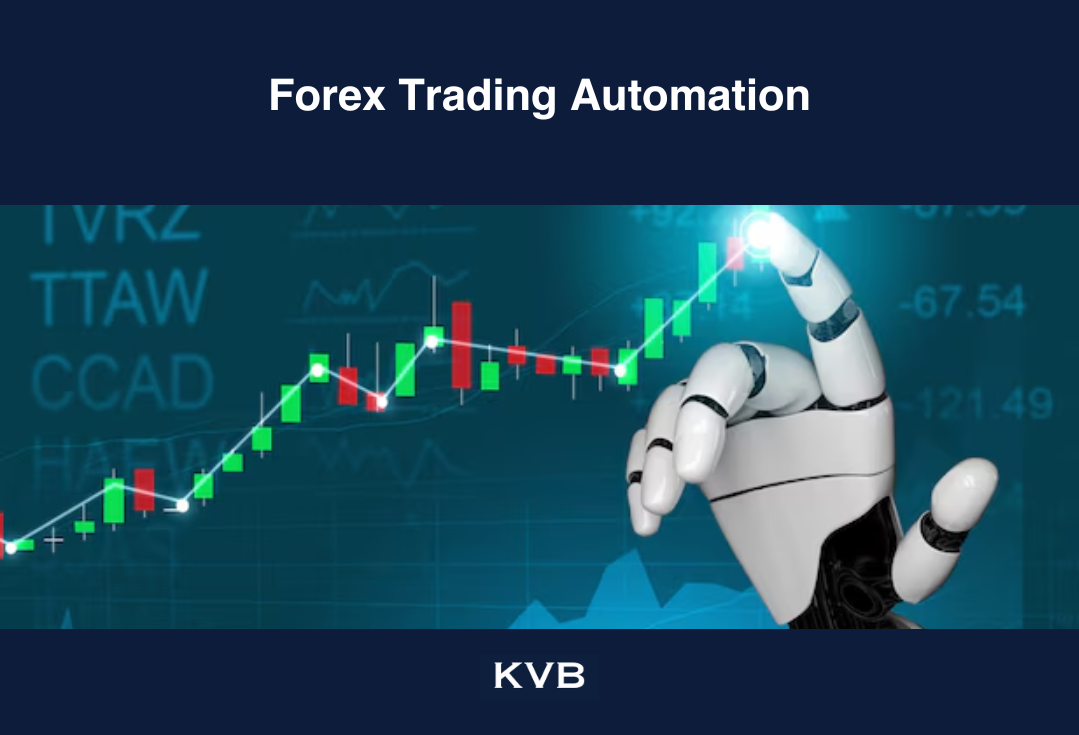


Automated forex trading, often referred to as algorithmic trading, has transformed the landscape of financial markets. By leveraging sophisticated algorithms and high-speed computing, traders can execute trades with precision and efficiency. This technology-driven approach offers numerous advantages, but it also comes with its own set of challenges. In this article, we’ll explore the key benefits and drawbacks of algorithmic trading strategies in the forex market.
What is Automated Forex Trading?
Automated forex trading involves using computer programs to execute trades based on pre-defined criteria. These algorithms analyze market data, identify trading opportunities, and place trades automatically without human intervention. The primary goal is to enhance trading efficiency, accuracy, and speed, which can be particularly valuable in the fast-paced forex market.
Advantages of Automated Forex Trading
Increased Efficiency
The ability of automated trading to execute trades with unmatched speed and accuracy is one of its biggest advantages. Algorithms can process vast amounts of data in real-time, enabling traders to take advantage of market opportunities that might be missed through manual trading. This increased efficiency can lead to more consistent execution and reduced slippage.
Elimination of Emotional Bias
Emotions often play a detrimental role in trading decisions, leading to impulsive actions and inconsistent results. Automated trading systems operate based on predefined rules and criteria, removing emotional biases from the equation. By adhering strictly to the algorithm’s logic, traders can avoid common pitfalls associated with emotional decision-making.
Backtesting and Optimization
Algorithmic trading allows for rigorous backtesting of strategies using historical market data. Traders can evaluate how a strategy would have performed in the past, which helps in refining and optimizing the algorithm before deploying it in live trading. This process aids in identifying potential weaknesses and adjusting parameters to improve overall performance.
24/7 Market Monitoring
The forex market operates around the clock, and manual trading can be challenging due to the need for constant monitoring. Automated trading systems can function 24/7, continuously analyzing market conditions and executing trades. This constant vigilance ensures that traders can capitalize on opportunities even when they are not actively watching the markets.
Scalability and Diversification
Automated trading systems can handle multiple currency pairs and strategies simultaneously, allowing for diversification and scalability. Traders can spread their risk across various markets and assets without the need for manual intervention. This capability is particularly advantageous for managing complex portfolios and optimizing trading opportunities.
Disadvantages of Automated Forex Trading
Systematic Risk and Over-Reliance
While algorithms are designed to follow specific rules, they are not immune to errors or unforeseen market conditions. A malfunctioning algorithm or unexpected market events can lead to significant losses. Over-reliance on automated systems without regular oversight can expose traders to systematic risks, making it crucial to monitor and adjust strategies as needed.
Limited Adaptability
Automated trading systems operate based on historical data and predefined rules.They could find it difficult to adjust to unforeseen circumstances or quickly shifting market conditions. While algorithms can be adjusted and optimized, they might not always respond effectively to market anomalies or sudden shifts in volatility.
High Initial Costs and Complexity
Developing or purchasing a robust algorithmic trading system can involve substantial costs. Advanced systems may require sophisticated technology, extensive data feeds, and ongoing maintenance. Additionally, traders need to have a good understanding of programming and market dynamics to create and manage effective trading algorithms.
Market Impact and Slippage
High-frequency trading algorithms can generate significant trading volumes, potentially impacting market liquidity and causing slippage. When large numbers of trades are executed in a short period, it can lead to unfavorable price movements and increased transaction costs. This effect can be more pronounced in less liquid currency pairs.
Security Concerns
Automated trading systems are vulnerable to cyber threats and technical issues. Security breaches or technical malfunctions can lead to unauthorized access, data corruption, or system failures. Ensuring robust cybersecurity measures and regular system updates is essential to mitigate these risks.
Best Practices for Automated Forex Trading
To maximize the benefits and mitigate the risks associated with automated forex trading, consider the following best practices:
Regular Monitoring and Maintenance
Even though automated systems operate independently, regular monitoring is essential to ensure they function as intended. Regularly review and update algorithms to adapt to changing market conditions and address any performance issues.
Risk Management
Implement strong risk management protocols to protect against significant losses. This includes setting stop-loss orders, position sizing rules, and diversification strategies to manage overall risk exposure.
Continuous Learning and Adaptation
Stay informed about advancements in algorithmic trading technology and market trends. Continuous learning and adaptation can help refine trading strategies and keep pace with evolving market conditions.
Robust Testing and Validation
Thoroughly backtest and validate algorithms using historical data before deploying them in live trading. This process helps identify potential issues and refine strategies for better performance.
Security Measures
Ensure that automated trading systems are protected with strong cybersecurity measures. Regularly update software and use encryption protocols to safeguard against potential threats.
Automated forex trading represents a powerful tool for modern traders, offering numerous advantages such as increased efficiency, emotional discipline, and the ability to trade 24/7. However, it is not without its challenges, including potential system failures, limited adaptability, and high initial costs.
Disclaimer
Derivative investments involve significant risks that may result in the loss of your invested capital. You are advised to carefully read and study the legality of the company, products, and trading rules before deciding to invest your money. Be responsible and accountable in your trading.
RISK WARNING IN TRADING
Transactions via margin involve leverage mechanisms, have high risks, and may not be suitable for all investors. THERE IS NO GUARANTEE OF PROFIT on your investment, so be cautious of those who promise profits in trading. It's recommended not to use funds if you're not ready to incur losses. Before deciding to trade, make sure you understand the risks involved and also consider your experience.
